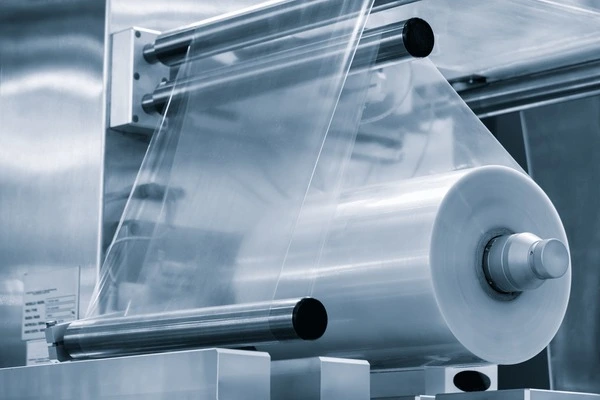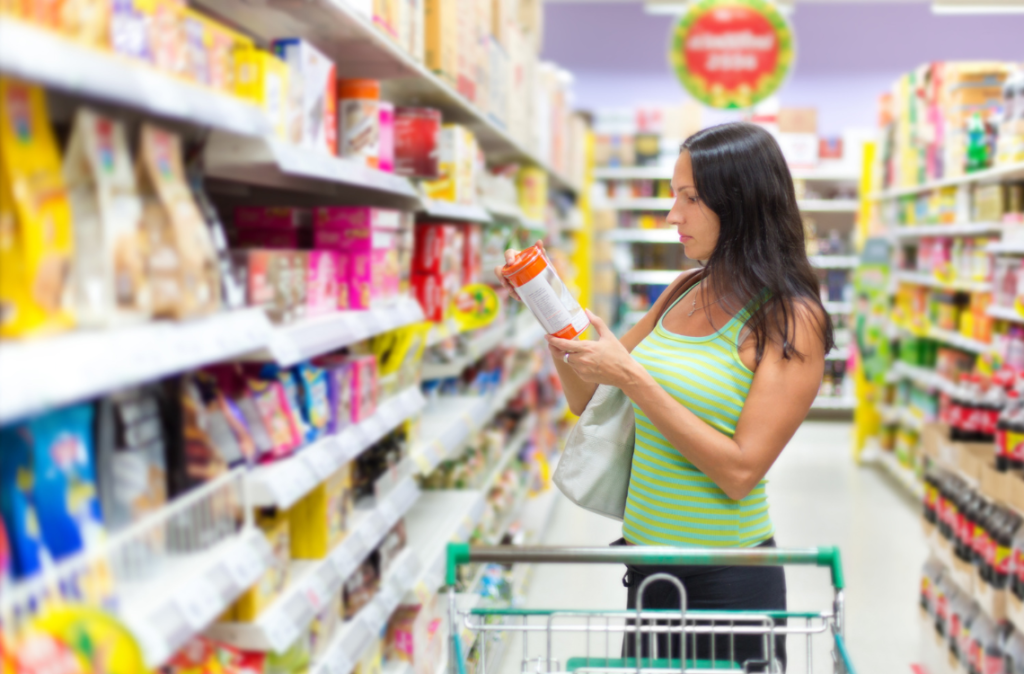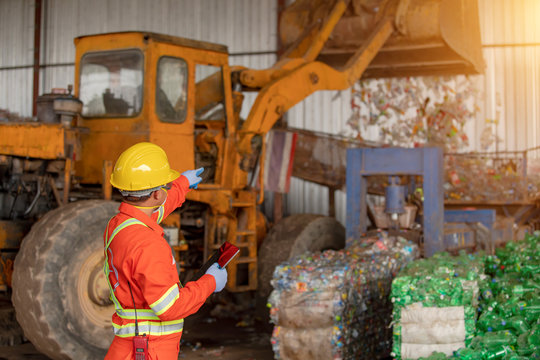The comparison between paper and plastic laminates reveals which material provides better performance for food packaging applications. Food packaging serves three essential functions of maintaining product safety and extending shelf life while ensuring sustainability through either paper or plastic laminate selection. We need to evaluate the performance differences between those structures for food packaging before making selection decisions.
Understanding the Basics: Why Laminate at All?
Packaging laminates are defined by their composition.
Flexible food packaging represents a group of flexible packaging types that include pouches, wraps and bags made from materials like paper, plastic and foil. These packaging solutions allow brands to create innovative designs while maintaining both portability and consumer convenience.
Laminates are made by fusing different layers of materials to give packaging strength, durability, and a barrier against moisture, oxygen, and UV rays. This is crucial for food products, where freshness and safety are non-negotiable.
Without lamination, food pouches can tear easily, spoil faster, or even pose contamination risks. Packaging laminates result from the process of uniting multiple materials through bonding operations. Food packaging films receive specific engineering treatments to provide protective barrier properties and strength and printing capabilities which extend product safety and appeal across the shelf life period.
Paper Laminates: The Eco Darling?
Recent studies show that a third of consumers are happy to pay extra for sustainable products—so being green isn’t just trendy, it’s fast becoming the new normal. Paper laminates are often touted as the heroes of sustainable packaging. Made primarily from renewable wood pulp, they bring a rustic, natural aesthetic that appeals to eco-conscious buyers. They are biodegradable under the right conditions and can be composted in industrial facilities.
Pros:
- Biodegradable and sometimes compostable
- Natural, organic look (great for premium brands)
- Often made from FSC-certified or recycled paper
- Lightweight and easily printable
Cons:
- Lower resistance to moisture and grease
- Needs additional treatment or coatings to perform like plastic
- Limited barrier protection compared to plastic films
Plastic Films: The Functional Favorite?
Plastic laminates might not win the popularity contest regarding public perception, but from a performance standpoint, they still dominate the industry. These materials are typically made by combining layers of polyethylene (PE), polypropylene (PP), or PET, offering excellent protection against moisture, oxygen, and contamination.
Pros of Plastic Laminates:
- Strong moisture and oxygen barriers
- Longer shelf life for food items
- Durable and tear-resistant
- Highly flexible for various pouch designs
Cons:
- Often not recyclable due to multi-layer construction
- Takes hundreds of years to decompose
- Increasingly scrutinized by environmental regulations
The good news? Advances in materials are giving rise to recyclable food pouches that maintain plastic’s functionality but ditch the guilt. Mono-material films, for instance, are easier to recycle and offer similar protection as traditional multi-layer plastic structures.
Comparing Paper and Plastic Laminates
Food Packaging Materials: Safety and Shelf Life
Packaging materials used for food need to stop contamination and spoilage and protect the contents from degradation. The safety and freshness of products last longer when stored in plastic laminates compared to paper packaging materials. The barrier properties of plastic laminates provide better protection against moisture and oxygen which is essential for maintaining the quality of fatty foods and nutritious components. Paper laminates function well for dry goods and short-term products but need additional processing to achieve comparable performance levels to plastic laminates.
Cost, Performance, and Consumer Perception
High-performance requirements make plastic laminates more cost-effective yet paper becomes more suitable for brands desiring sustainable packaging solutions. The decision between these options will be influenced by current regulatory movements and market strategy as well as waste disposal capabilities.
Food packaging films need their selection based on required barrier properties from a technical perspective. The combination of EVOH and metallised layers provides extremely low oxygen transmission rates (OTR) and moisture vapor transmission rates (MVTR) which help extend shelf life for challenging products. On the other hand, paper laminates can achieve good OTR and MVTR levels when reinforced with coatings or thin plastic films. Plastics provide better performance in high-fat food preservation and retort applications and products that require extended shelf life.
The Sustainability Dilemma: What Are We Really Choosing?
The choice between paper and plastic laminates is nuanced, with many technical, regulatory, and sustainability considerations. As Packaging Europe notes, the discussion is much more than just paper or plastic—it’s about the bigger picture of packaging innovation, recycling, and consumer needs. Paper laminates require energy to produce and may need plastic layers to be functional, making them difficult to compost or recycle. Meanwhile, plastic laminates, especially in recyclable food pouches, can now be disposed of in specialized recycling streams.
The real question becomes:
Which material meets your specific packaging goals, performance, sustainability, or brand image?
Sometimes, a hybrid approach is necessary, pairing recyclable plastic with paper elements or using mono-material plastics to make recycling feasible.
What Should Brands Choose?
Here is a quick cheat sheet:
- Want the most eco-friendly image? Paper laminates are your friend, but be cautious of “greenwashing.” Make sure they are compostable or recyclable.
- Need superior product protection? Plastic laminates, especially the recyclable kind, are your best bet.
- Balancing both? Look into recyclable mono-material pouches that perform well and meet circular economy goals.
Packaging does not just preserve, it communicates. It speaks to your values, your audience, and your brand’s commitment to sustainability. Don’t underestimate the power of an intentional packaging decision.
Wrapping Up
When it comes to choosing between paper and plastic laminates for food packaging, especially in sensitive industries, there is no one-size-fits-all answer. Each material has its strengths and compromises, and the best solution often lies in innovation and context.
The real victory is in choosing packaging that reflects both your brand’s values and your customers’ expectations, without compromising quality.
At Aropack, we help brands make smarter packaging choices. From paper-based solutions to cutting-edge recyclable food pouches, our mission is to bridge the gap between performance and sustainability. If you are looking to level up your packaging game, connect with us today.
Give us a call on 01233 281460 or send us an email at info@aropack.co.uk for a consultation. Let us help you find the perfect balance between sustainability and functionality.




